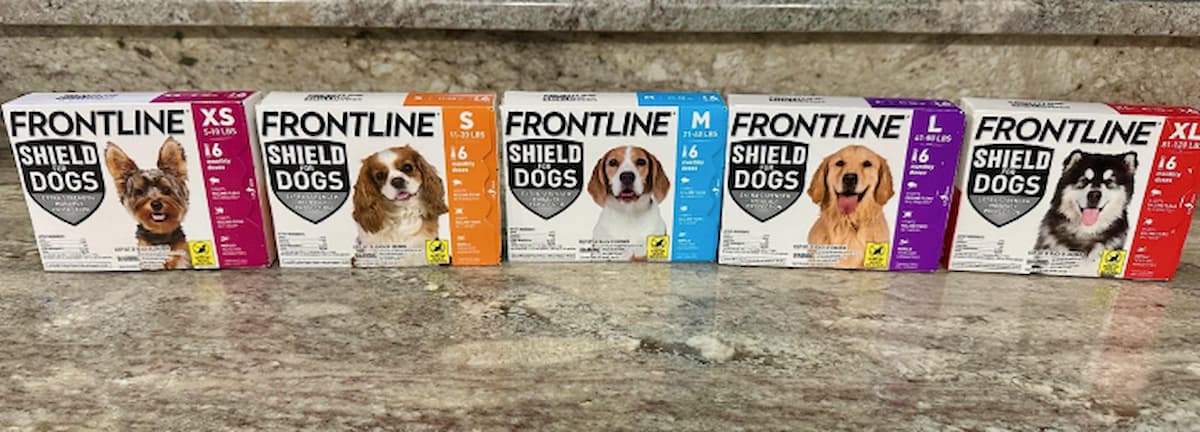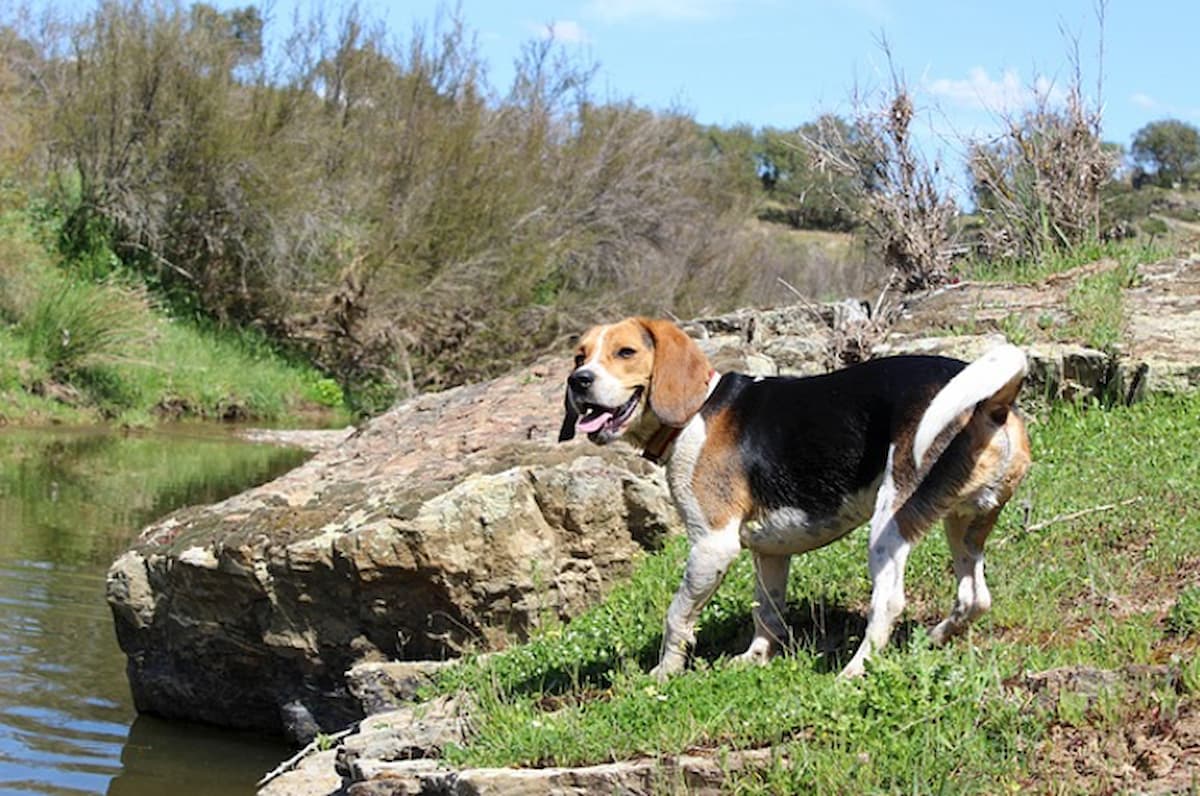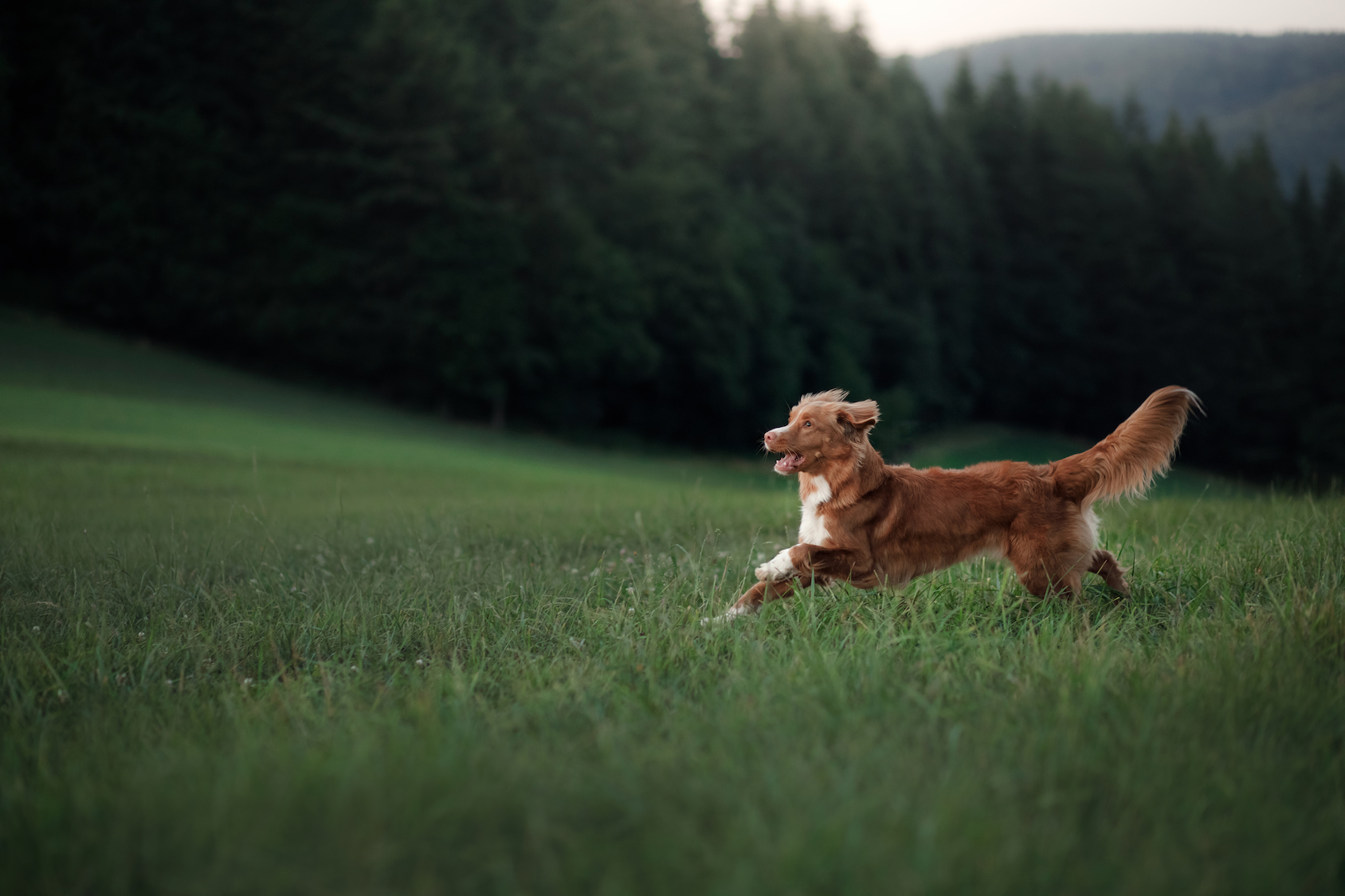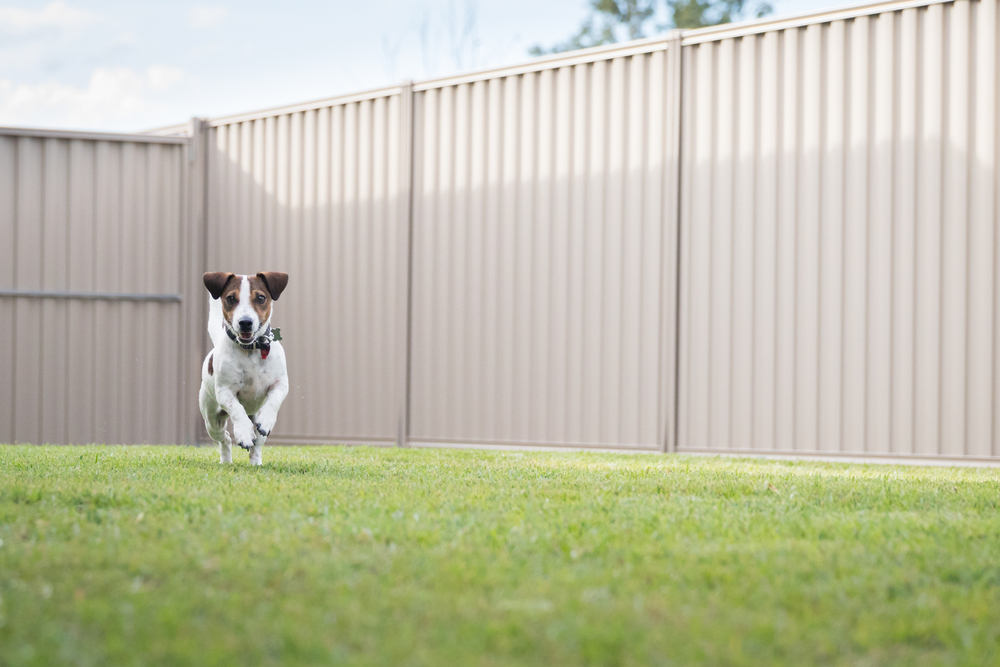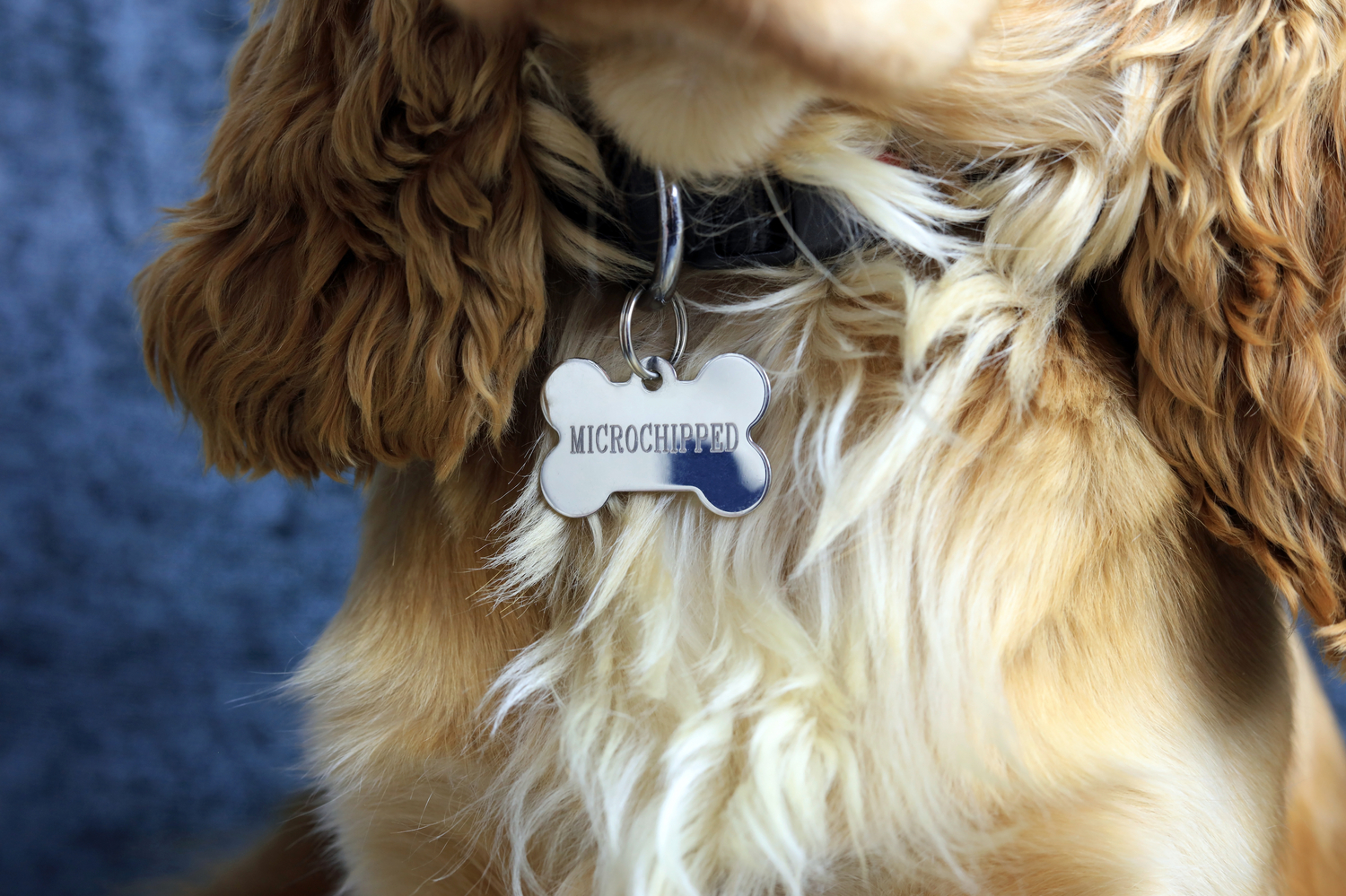10 Dangerous Spring Plants For Pets
Updated on May 01, 2025
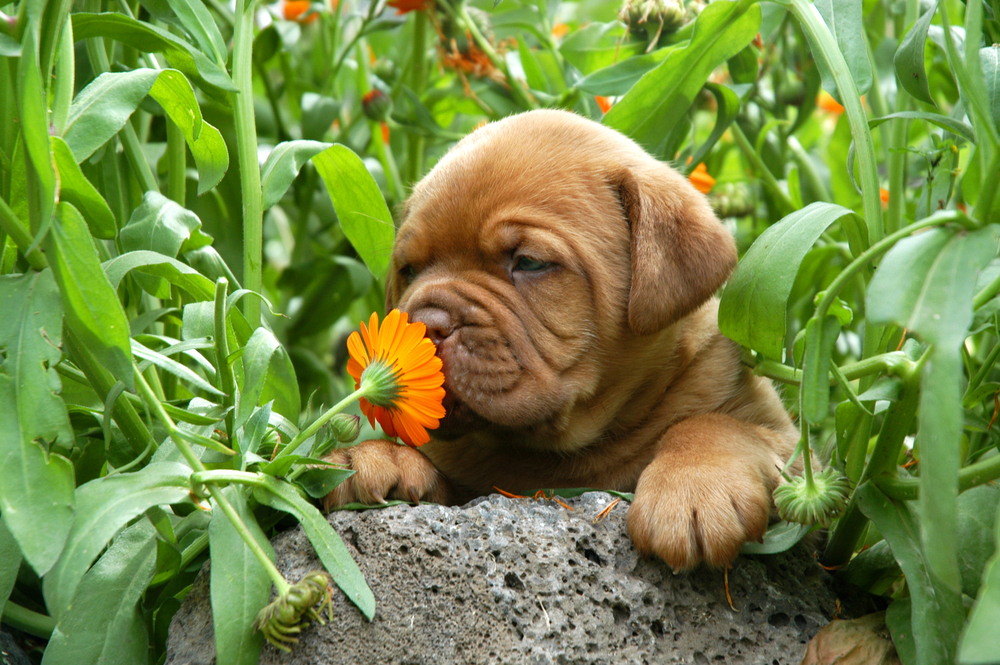
The weather is nice outside, but that also means some dangerous spring plants for pets. Pet parents must be aware that some of the flowers and plants growing in their gardens or blooming in their vases could cause serious harm to their pets.
As a veterinary toxicologist for the ASPCA Animal Poison Control Center and a gardening enthusiast, I often give advice on planting pet-safe gardens — and with the planting season in full force, it’s important for all dog and cat owners to be extra vigilant about keeping dangerous plants out of their homes and gardens. If you suspect your dog or cat has ingested a toxic plant, call the ASPCA Animal Poison Control Center hotline at 888-426-4435 and contact your veterinarian. It’s always better to be safe than sorry.
Dangerous Spring Plants For Pets
Many common household and garden plants can pose serious risks to pets, even in small amounts. What might look like a harmless flower or decorative shrub could lead to vomiting, seizures, organ failure, or worse, if ingested by a curious dog or cat. Pet parents must know which plants are toxic and how to keep them out of paw’s reach. In this guide, we’ll cover some of the most dangerous plants to pets and what to do if you suspect exposure.
Lilies
You may be tempted to decorate your home with a beautiful bouquet of lilies, but doing so could spell trouble for your cat. Members of the true lily (Lilium) and day lily (Hemerocallis) families have been shown to cause acute kidney failure in felines. Some examples of true lilies include Easter lilies (L. longiflorum), tiger lilies (L. tigrinum) and Japanese Show lilies (L. speciosum). Even a small amount of exposure (a few bites on a leaf, ingestion of pollen, etc.) may result in kidney failure. Cats often vomit within a few hours of exposure and become lethargic.

Daffodils
Usually one of the first plants to bloom in spring, daffodils (Narcissus spp.), which are also known as jonquils, paper whites and narcissus, contain lycorine and other alkaloids that can be poisonous for dogs and cats. The toxins are mostly in the plant’s bulb and, if ingested, can lead to vomiting, salivation and diarrhea. If your animal ingests large amounts of the plant, signs of toxicity may include cardiac arrhythmias (irregular heartbeats), convulsions/tremors and low blood pressure.

Sago Palms
Sago palms (Cycads, Macrozamia and Zamia spp.) are often outdoor ornamental plants in warm climates or houseplants in cooler climes. Ingestion of this highly toxic plant can cause liver failure and death in dogs and cats. All parts of the plant are toxic, with the seeds having the highest concentration of toxin. All it takes is one to two seeds to cause clinical signs and possibly death in a dog. Vomiting usually begins within 24 hours, and animals may eventually become depressed and start to seizure. This plant is one of the most toxic, with a mortality rate of around 50 percent.

Cardiac Glycoside Plants
Plants containing cardiac glycosides include oleander (Nerium oleander), foxglove (Digitalis purpurea) and lily of the valley (Convallaria majalis). Glycosides can slow down the heartbeat and even stop it. These are typically outdoor plants, but the popular and beloved lily of the valley is a common bouquet flower for weddings and holiday gatherings.

Tulips
Most of the toxins in tulips (Liliaceae spp.) are concentrated in the bulbs, so if your dog is a digger or your cat frequents your flower beds, you should be especially cautious about keeping this flower out of your garden. Signs of toxicity can include vomiting, diarrhea, excessive drooling and depression.

Begonias
Begonias (Begonia spp.) are popular plants, because they are generally easy to grow, can thrive in many conditions and produce gorgeous blooms. But if you’re a dog or cat owner, begonias may need to stay out of your garden. Most of the toxins are concentrated in the tuber or underground stem of the plant and can cause serious burning and irritation of the mouth, tongue and lips; excessive drooling; vomiting and difficulty swallowing.

Jimson Weeds
Also known as devil’s trumpet, the Jimson weed (Datura stramonium) can be moderately toxic to cats and dogs and typically infests farmland and pastures. Accidental ingestion can cause restlessness, drunken walking and respiratory failure.
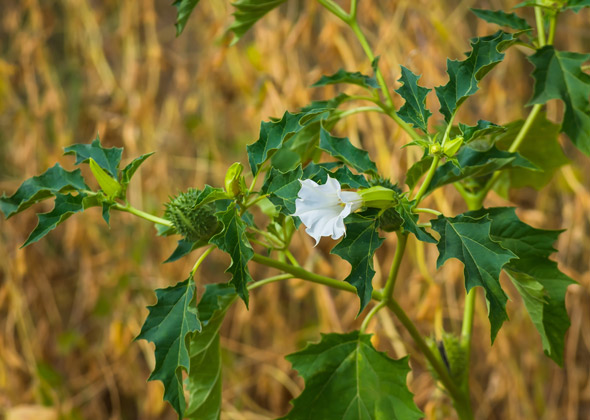
Grayanotoxin Plants
Ingesting plants containing grayanotoxins (andromedotoxins) can cause vomiting, seizures and cardiac arrest. Sources include rhododendrons and azaleas (Rhododendron spp.), laurels (Kalmia latifolia and Leucothoe davisiae) and Japanese pieris (Pieris japonica). These are typically outdoor plants, but they can be highly toxic for both dogs and cats and deserve extra caution.
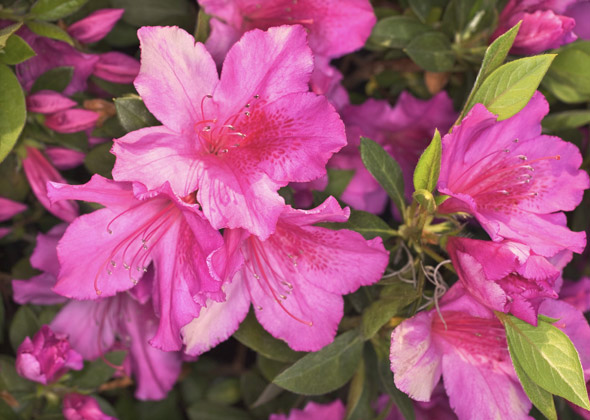
Buttercups
You may dream of frolicking through a meadow of buttercups (Ranunculus spp.) with your dog or cat, but should your animal nibble on this flower, it could lead to vomiting, diarrhea, anorexia, excessive salivation and a drunken gait.
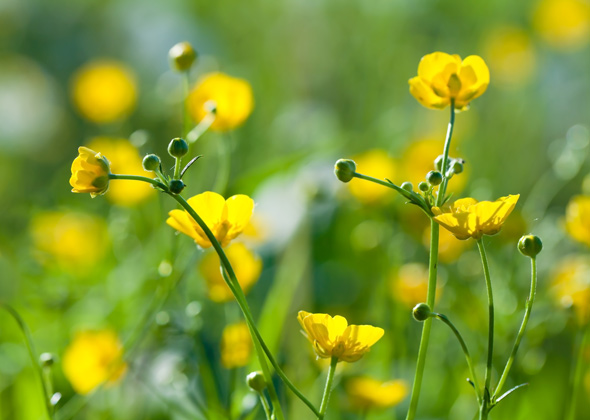
Hyacinths
A member of the Liliaceae family, the hyacinth (Hyacinthus orientalis) contains dangerous alkaloids that can cause vomiting, diarrhea, depression and tremors in cats and dogs.
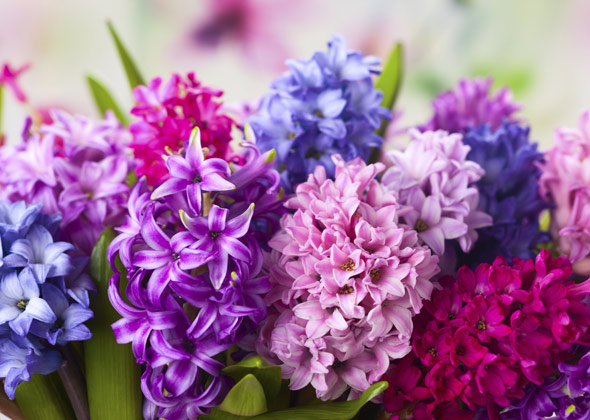
What to Do If You Suspect Dangerous Plant Exposure in Pets
If you suspect exposure of dangerous spring plants to pets, such as those on our list, it’s important to act quickly and contact your veterinarian or a pet poison control center immediately. Early intervention can make all the difference in preventing serious health complications and ensuring your pet recovers safely.
Here are some top Vetstreet articles if you suspect your pet may have ingested something or you want to protect them even more:
Should My Pet Lick Lotion On Me?
5 Common Mushrooms that Can Poison Your Pets

